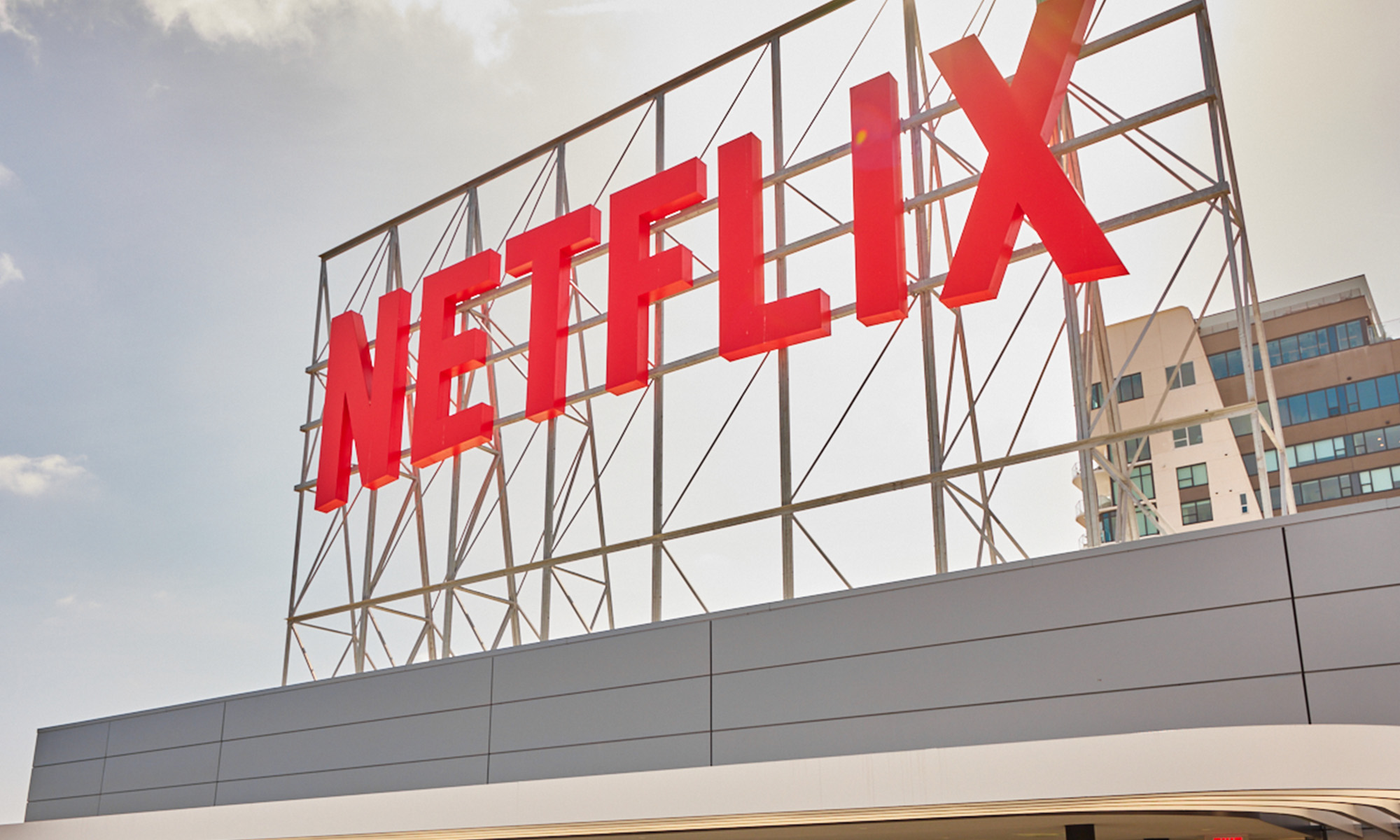Netflix (NFLX +0.12%) reported what would normally be considered a blowout quarter after the market close on Thursday. But these aren't normal times. The company had a record number of second-quarter subscribers, making it the second-highest quarterly growth in Netflix's history. Revenue also hit an all-time high, topping $6.1 billion, up nearly 25% year over year and marking the first time quarterly revenue had surpassed the $6 billion milestone.
It wasn't all good, however. Netflix reported earnings per share (EPS) of $1.59, about 12% lower than both management and analysts had anticipated. The stock initially slumped as much as 8% on the news before recovering slightly and ending the day down 6.5%.
This is one of those cases where things weren't quite as bad as they seemed. To understand why, however, investors need to look beyond the headline numbers as they fail to tell the whole story.

Left to right: Sadie Sink, Noah Schnapp, Millie Bobby Brown, Finn Wolfhard, and Caleb McLaughlin in a scene from Netflix's Stranger Things season three. Image source: Netflix
Big earnings miss, or was it?
Netflix reported EPS of $1.59 for the second quarter, and while that figure was up 165% year over year, it missed management's forecast and analysts' consensus estimates, which both came in at $1.81 per share.
However, Netflix reported two non-cash charges that hit the bottom line, making things look far worse than they actually were. Management shared relevant details in the shareholder letter:
EPS of $1.59 vs. $0.60 a year ago included a $119 million non-cash unrealized loss from [foreign currency] remeasurement on our Euro-denominated debt and a $220 million non-cash valuation allowance for deferred tax assets (due to recent legislation limiting the use of California [research and development] credits).
That adds up to $339 million in non-cash charges. Netflix had about 454 million shares outstanding during the quarter, so those one-time adjustments dinged EPS to the tune of $0.75 per share, easily making up the "miss" of $0.22 per share.
Then there's those pesky foreign exchange rates
Another factor that impacted Netflix's bottom line was the strength of the U.S. dollar. In times of uncertainty -- for which the COVID-19 pandemic certainly qualifies -- foreign investors flock to the safety and security of the U.S. dollar. As a result, many foreign currencies lose value, at least on paper, compared to the dollar. As Netflix gets a growing portion of its revenue from international markets, this can cause a big swing in net income.
That's what happened during the second quarter as Netflix reported a foreign exchange loss of $289 million. The company said that the average revenue per user (ARPU) grew by just 0.4% year over year, but excluding the impact of exchange rates, ARPU grew 5%. These currency-related headwinds have nothing to do with the strong demand for Netflix streaming services, but they still affected the bottom line by roughly $0.64 per share. The company no doubt does its best to estimate the impact of foreign exchange rates on results when it issues its guidance, but it's important to remember that this is more art than science.

Joe Exotic in a scene from Netflix original Tiger King: Murder, Mayhem and Madness.
Understandably weak guidance?
So far, the tech giant has had a banner year when it comes to subscriber growth. As the COVID-19 pandemic played out across the world and lockdowns became the order of the day, people flocked to Netflix for its massive catalog of entertainment. The company added an all-time record 16 million subscribers in the first quarter, followed by 10 million in the second quarter. That amounts to an astonishing 26 million new paid memberships so far in 2020. To put that into perspective, Netflix added 28 million for all of 2019.
However, management is concerned that the company's growth in the first half of 2020 has come at the expense of the rest of the year. In the shareholder letter, Netflix said, "We're expecting paid net [additions] will be down year over year in the second half as our strong first half performance likely pulled forward some demand from the second half of the year."
Netflix started its missive by saying, "We live in uncertain times," and that might well be an understatement. Given the unprecedented situation, Netflix management is being understandably conservative with its guidance, forecasting just 2.5 million new subscribers for the third quarter, below the 6.8 million it added in the year-ago quarter.
Investor takeaway
Given the fact that Netflix shares had gained 63% so far this year going into its earnings report, it isn't that surprising that some short-sighted investors would become nervous at the prospect of the "earnings miss" and slowing growth for the streaming giant.
However, given the number of moving parts that played into the bottom line results and the already stellar subscriber growth that Netflix has achieved so far this year, I would argue that long-term investors simply don't have anything to worry about.






